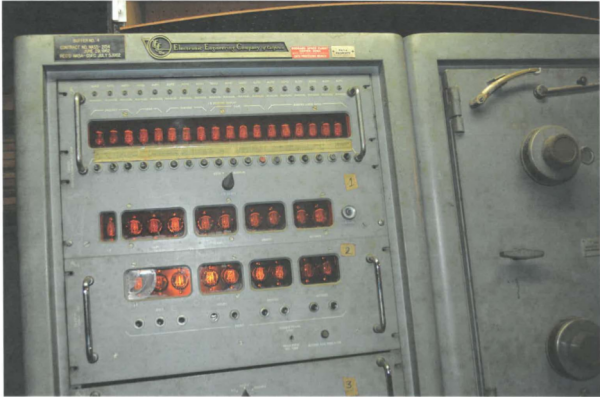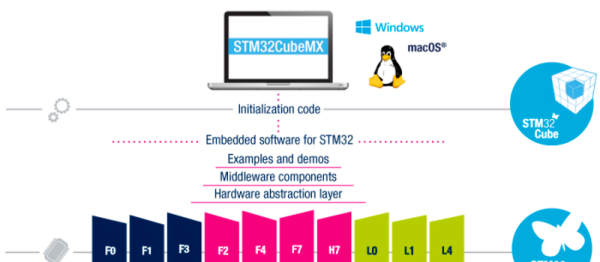The British government has shown a surprisingly light touch towards drone fliers in the face of the strident media demands for them to be banned following a series of reports of near-misses with other aircraft. That is about to change with reports of the announcement of a registration scheme for craft weighing over 250 g (about 9 oz). Details are still a bit sketchy, but it is reported that there will be a written test and an element of geofencing around sensitive locations.
Our friendly professional multirotor flier’s reaction is that the existing laws are clear enough, and that this is likely to be no deterrent to any people who already use their drones illegally. It seems that the UK government is following the lead set by the USA in this matter, with the 250 g limit on that side of the Atlantic having already spawned an industry of smaller craft. Time will tell on whether the measures will be effective, we suspect that their success will depend on their not being overly stringent.
[Editor’s note: Following a lawsuit, the US FAA registration requirement was struck down for hobbyists because model aircraft are explicitly excluded from the FAA’s purview. The Brits are not likely to be so lucky.]
If there is a positive side to this announcement, it might be that the 250 g class of multirotor will inevitably become the focus of a lot of attention as manufacturers and engineers work to pack the most performance into the small platform. This small silver lining to the drone registration cloud might not be much, but we’ll take it.
We’ve covered the UK drone story as reported in the media in detail in the past.
Palace of Westminster image: Diliff [CC BY-SA 2.5].

















